[ad_1]
Poor drainage is a significant killer of our prized backyard species, as stagnant water breeds illness and catastrophe. Plant roots wrestle to breathe and slowly drown with out entry to sufficient oxygen. Assessing what kind of soil you have got helps you amend it higher. You’ll know precisely what it wants so you’ll be able to develop the very best crops and ornamentals.
Properly-drained soil is usually present in sandy, rocky, and gritty areas. Coastal zones, alpine slopes, and deserts have probably the most free-draining soils of any ecosystem. Gardeners in these locales may have fascinating well-draining soil, however others’ soil high quality varies outdoors these zones.
City improvement, backyard care, and the ecosystem affect soil drainage and high quality. Your soil could also be a mixture of grime from outdoors and native sources, that means it may very well be totally different from the pure areas round you. One of the best ways to know your kind is to do a drainage check at house. For extra dependable outcomes, you might also go for a check package that determines natural matter content material, pH ranges, and which vitamins are current.
Let’s discover a deeper understanding of drainage and how you can enhance it.
The Quick Reply
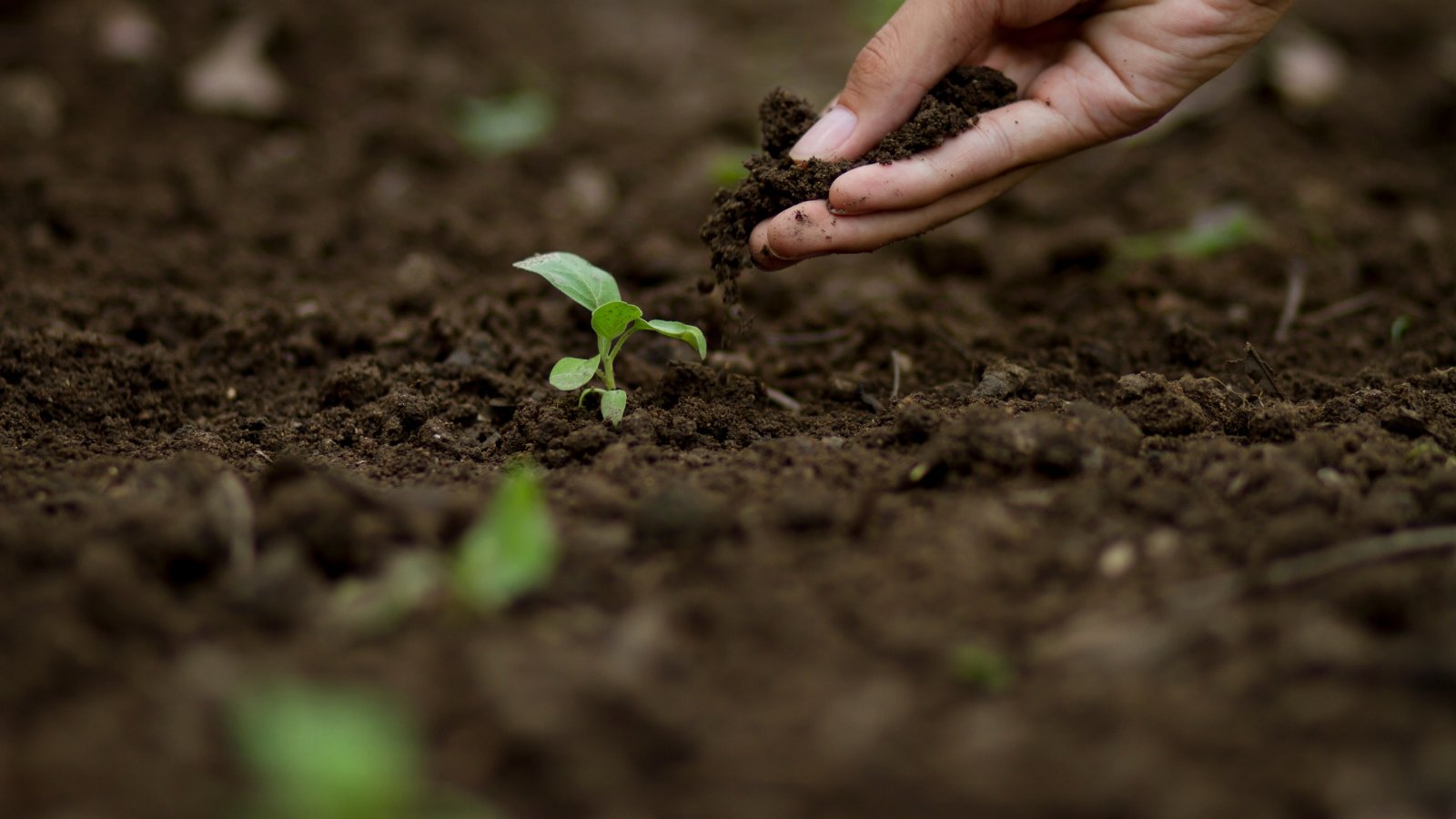

Properly-drained soil loses moisture freely and dries rapidly. Soil is made up of a combination of three particles: clay, sand, and silt. When wealthy in sand and silt, it’s free, or well-draining. When heavy with clay, it’s soggy when moist and compact when dry. One of the best ones have a very good stability of all three particle sizes. In case your grime is outdoors the vary you favor, think about amending it or searching for crops that thrive within the circumstances you’ve received already.
The Lengthy Reply


We’ll use a drainage check to see your soil kind, after which be taught what to do as soon as you realize. There are a number of choices it doesn’t matter what variety you have got, so let’s get into it!
Soil Drainage Take a look at


That is a straightforward drainage check will decide whether or not you have got poorly or well-draining soil:
- Begin by digging a gap two ft deep.
- Fill it with water, then let it drain. This step totally soaks the world.
- After the primary draining, replenish the outlet once more with extra water.
- Examine in your gap after thirty minutes, after which after an hour.
- If it drains totally in an hour, your grime’s well-drained.
- If it takes longer than a number of hours then it drains slowly.
Iowa State College teaches one other variation of this check:
- Fill the outlet as soon as and let it drain.
- Then, fill it a second time and measure how a lot water drains after fifteen minutes.
- Multiply that quantity by 4, and also you’ll discover what number of inches of water drain per hour out of your backyard soil.
- Greater than an inch an hour is well-drained, and greater than 4 inches may be very well-drained.
Clay, Sand, or Silt?
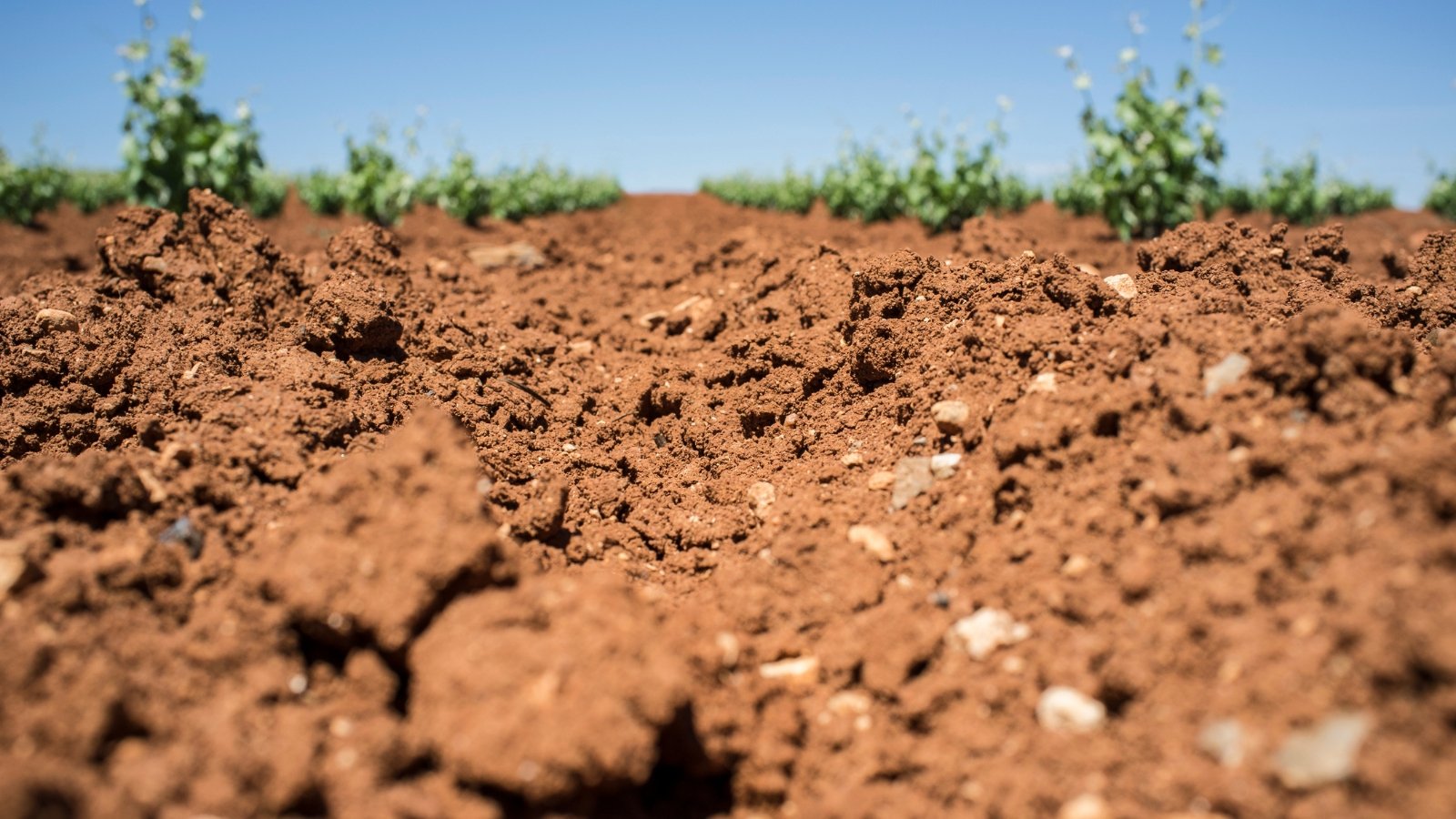

Drainage and construction have an effect on each other relying on what particles are in your grime. Most backyard species choose loam, a good mixing of clay, sand, and silt. Sandy and loamy soils drain properly, whereas clay ones don’t.
Take a look at the construction by including a lot of water to an space of your backyard. The subsequent day, seize a handful of it and type a ball tightly in your hand.
- If it compacts, holds its form, and is slimy, it’s clay.
- It’s sandy if it instantly loses form if you open your hand.
- Loamy soils maintain the ball form, however in addition they crumble a bit if you poke them.
Backyard Location
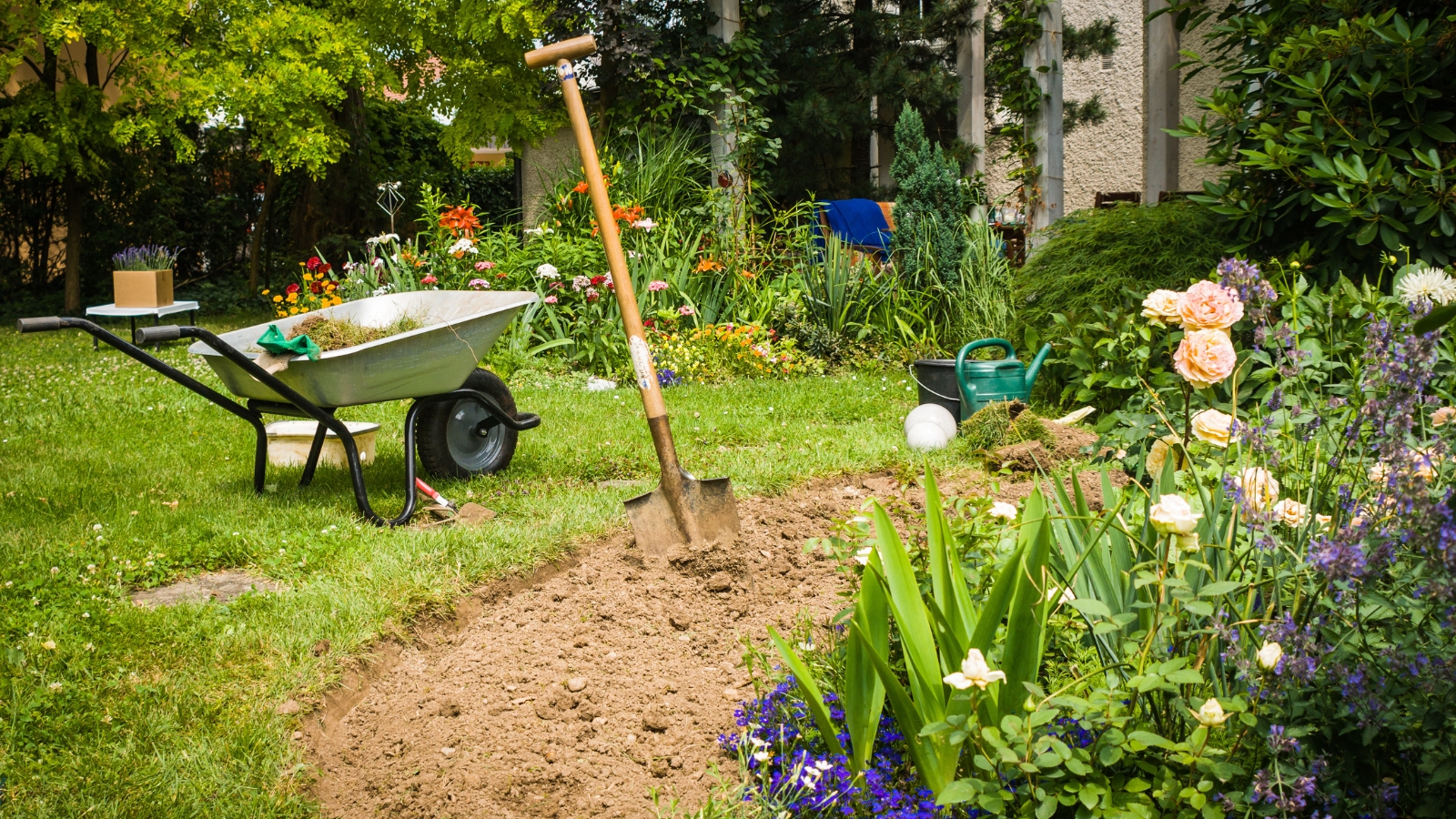

Your backyard could also be well-draining if you happen to dwell in a high-elevation or sloped space. These circumstances promote free-flowing moisture and air biking beneath the bottom. Conversely, gardeners in low elevations will discover water pooling after rainstorms and irrigation.
If hills are inflicting water to pool at their base, you’ll be able to stage them out. The minute topography of your yard influences how rain travels. Watch how water drains over a 12 months to see the consequences of every season in your soil and its drainage capabilities.
Furrows help you take full benefit of the hills in your yard. Dig trenches three inches deep on the base of each slope. Then, plant crops close to the ditch. Let a hose trickle in it, and your crops will suck up moisture because it spreads. This additionally helps your ornamentals entry free-flowing rainwater, because it swimming pools within the trenches after rainstorms.
Break Up The Hardpan


Hardpan prevents good drainage, because it’s impervious to water and root progress. It’s a closely compacted layer of soil ensuing from pure or city circumstances. Architects and building staff depend on compact floor to construct their buildings. This implies many areas close to our houses have a hardpan beneath them.
If the thick layer is near the floor, you’ll be able to until it a foot deep. Tilling might result in extra compact soils over time, because it kills the present life belowground. A better, much less damaging technique is to make use of drainage chimneys that let water move freely by means of them. A broadfork is a superb device for the job.
Once you plant timber or shrubs, dig a deep gap by means of the hardpan layer to porous floor beneath. As you backfill it, use humus or compost-rich soil. Whereas the tree grows, its roots will increase into the hardpan and break it up naturally. The organically wealthy soil spreads microbes, worms, and fungi that colonize impermeable areas.
Dig deep for each new species you add to your yard. With sufficient additions, the hardpan will slowly disappear as roots unfold and creep into beforehand uninhabitable areas. A very good rule of thumb is to excavate to the depth of two shovel spades.
Amend Unfit Soils
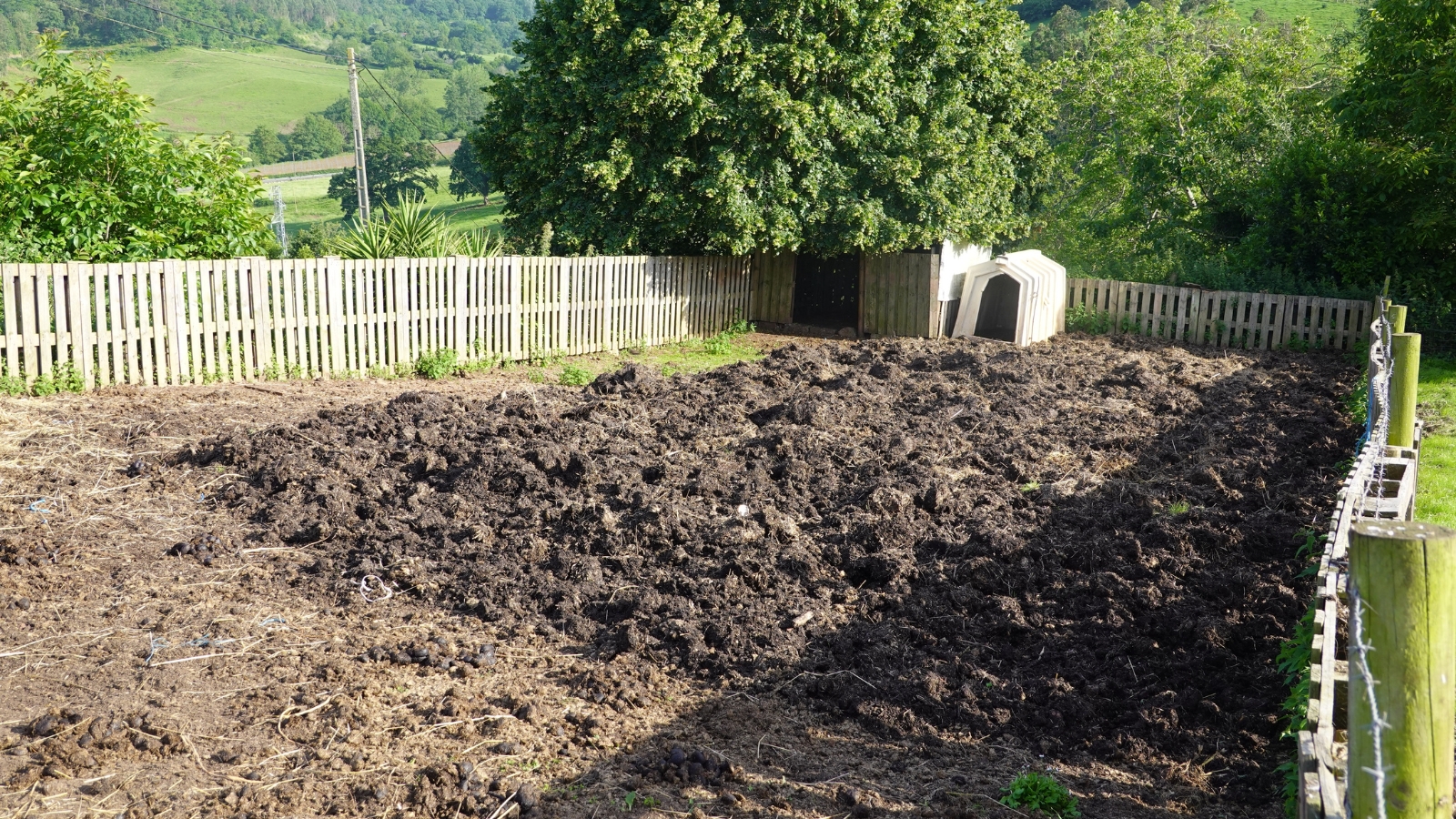

Poorly and intensely well-draining soils are sometimes too harsh for many roots. Drought or extreme rain causes soggy or bone-dry circumstances, and your crops wrestle to adapt. Compost is a straightforward repair that promotes drainage and balanced water retention.
Compost, or an identical natural mulch, advantages current grime in a number of methods. Firstly, it provides vitamins that crops and ornamentals want like phosphorus, nitrogen, and calcium. It additionally promotes drainage with its porous construction—it mixes with current soils, including water and air tunnels.
Natural amendments inject mycorrhizal fungi, worms, and micro organism that accomplice with roots. They create channels, digest vitamins, and create cozy little houses for our backyard varieties. These amendments assist each sandy and clay soils stability out to be loamy. Loam is well-draining and moisture-retentive, and it’s hospitable for many species.
Proper Plant, Proper Spot


The best technique to sort out well-draining or poorly-draining soil is to decide on plant varieties that admire your backyard’s present circumstances. Cacti, succulents, and drought-tolerant shrubs admire sandy soils. Coastal, alpine, and dry forest crops like well-drained circumstances.
The species that prefer it moist are likely to develop in bogs, swamps, or wet areas. They’re moist lovers as a result of they expertise a whole lot of rainfall or as a result of water by no means drains the place they dwell. They’re typically evergreen or herbaceous perennials that don’t develop properly with persistent droughts.
When unsure, take into consideration the place the plant you’re rising originates. Its native circumstances assist clue you into the kind of life it prefers. Some prefer it moist and funky, whereas others prefer it free-draining and bone dry. Give your crops what they need, they usually’ll create a backyard the place others couldn’t.
Key Takeaways
- Properly-drained soil applies to loam and sand, whereas clay-heavy soils are usually poor draining.
- Use the drainage and construction exams to find out soil high quality, and what particles it consists of.
- In case your grime isn’t what you’d choose it to be, amend it with compost all year long.
- Crops choose totally different circumstances based mostly on their origins—use the best ones for the plot you have got.
[ad_2]
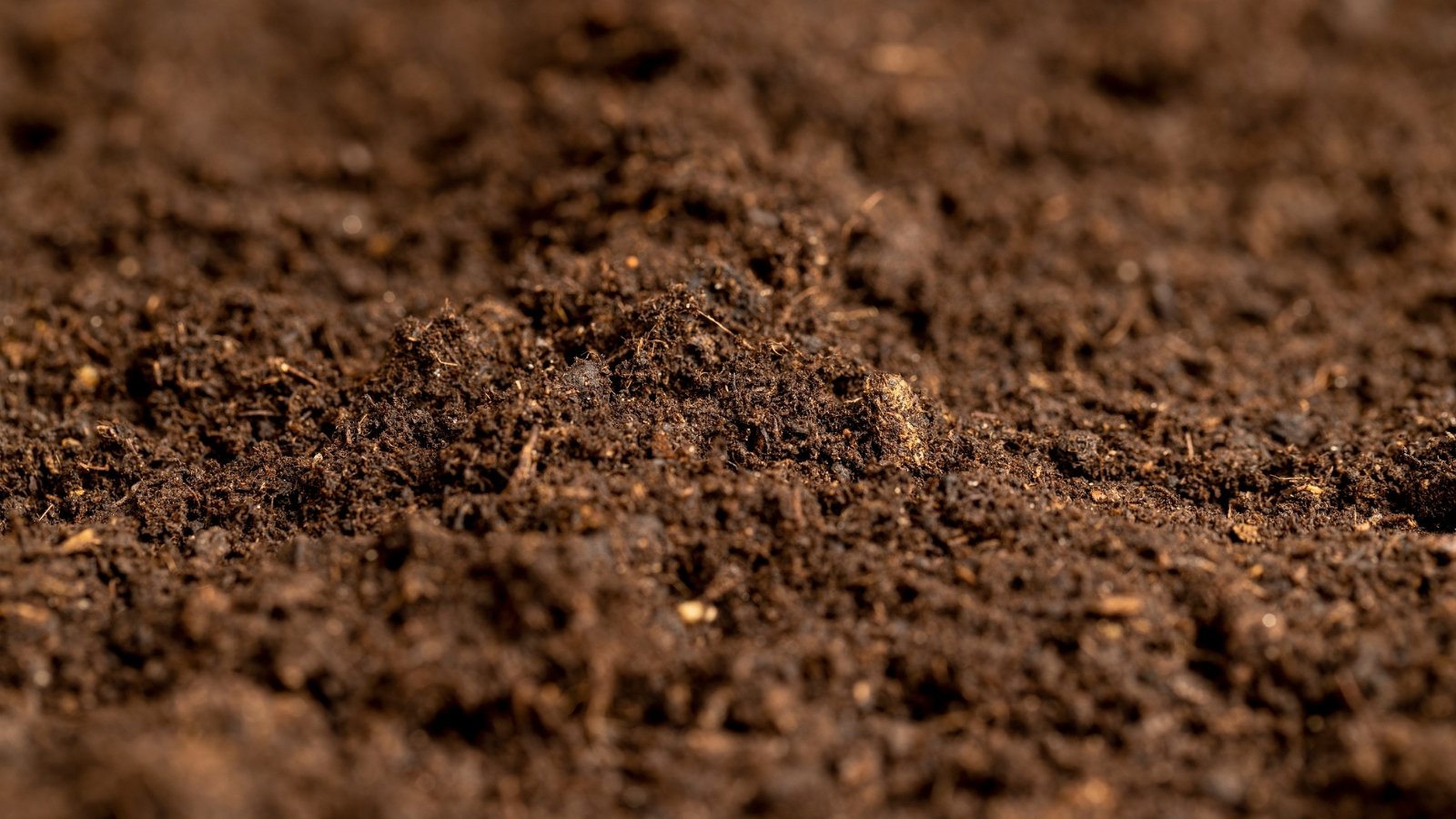

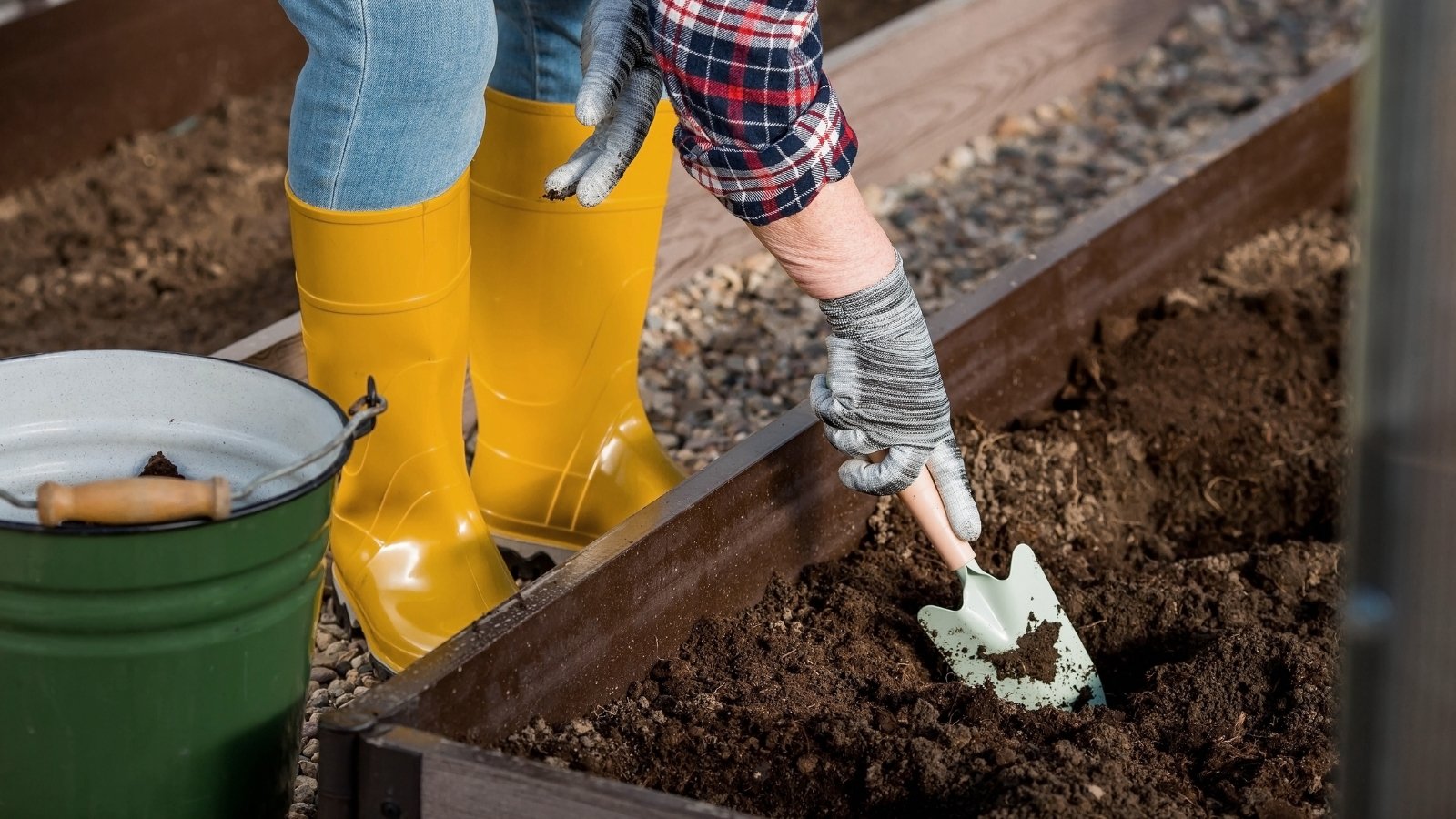

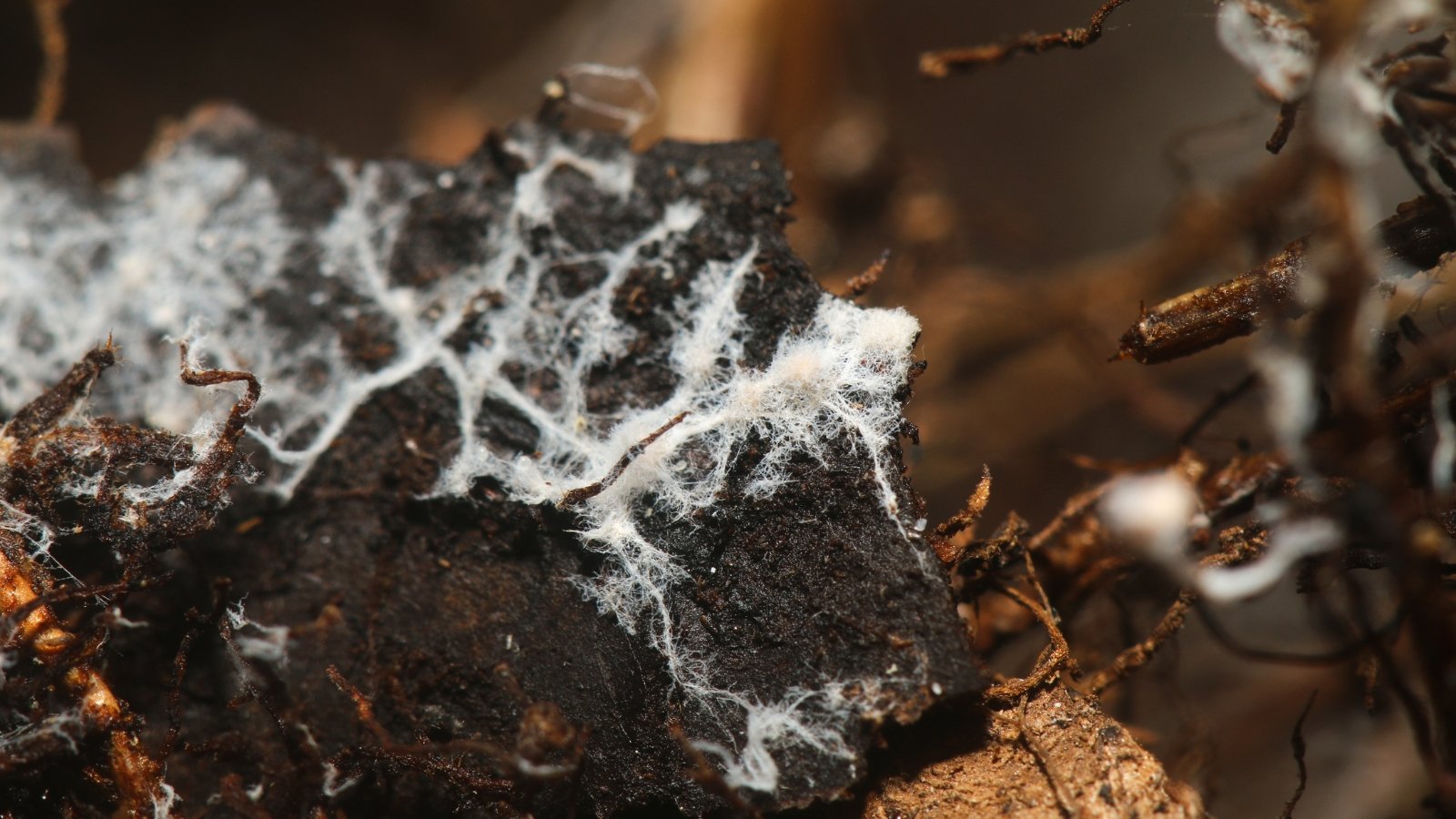
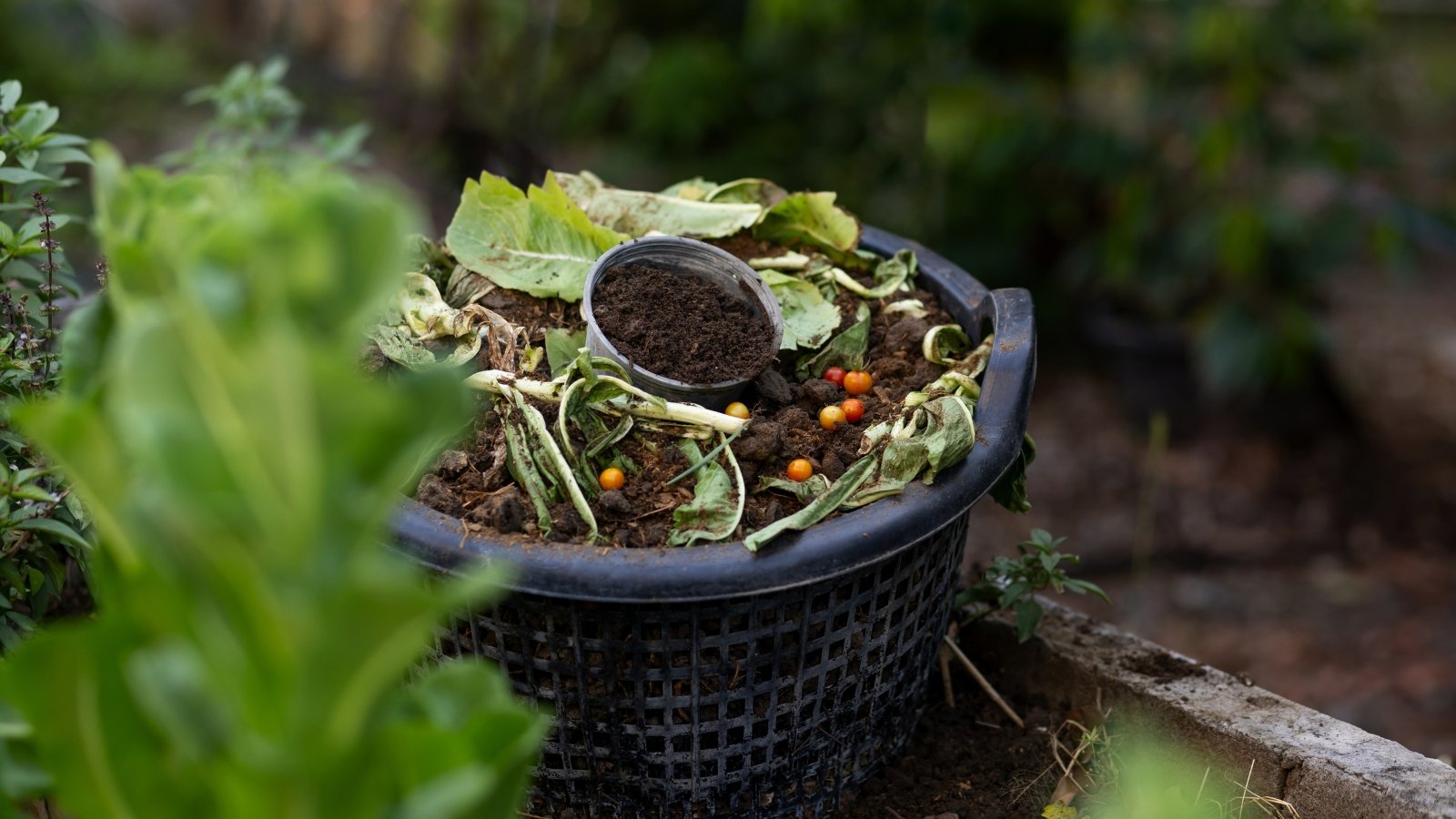
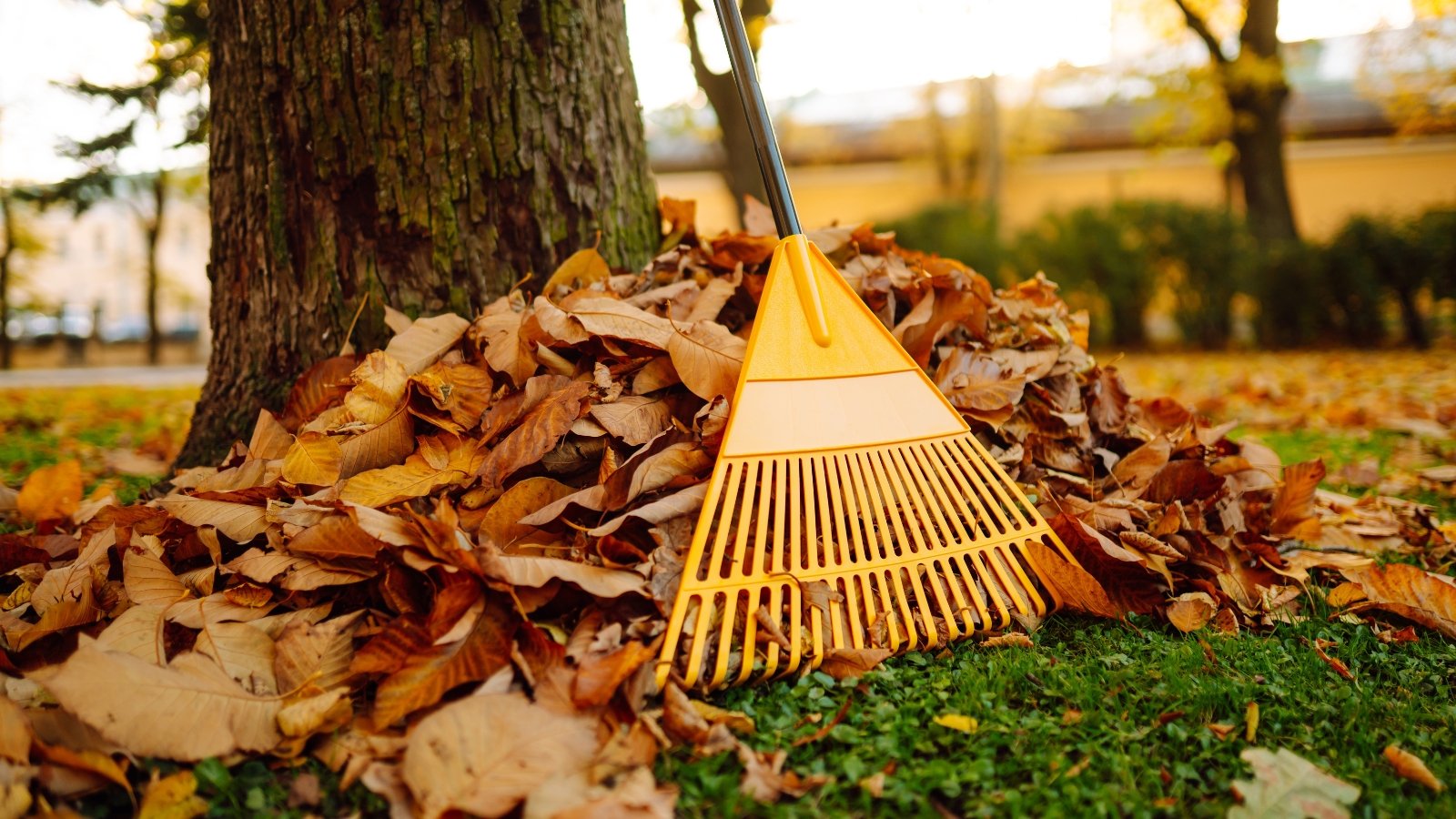
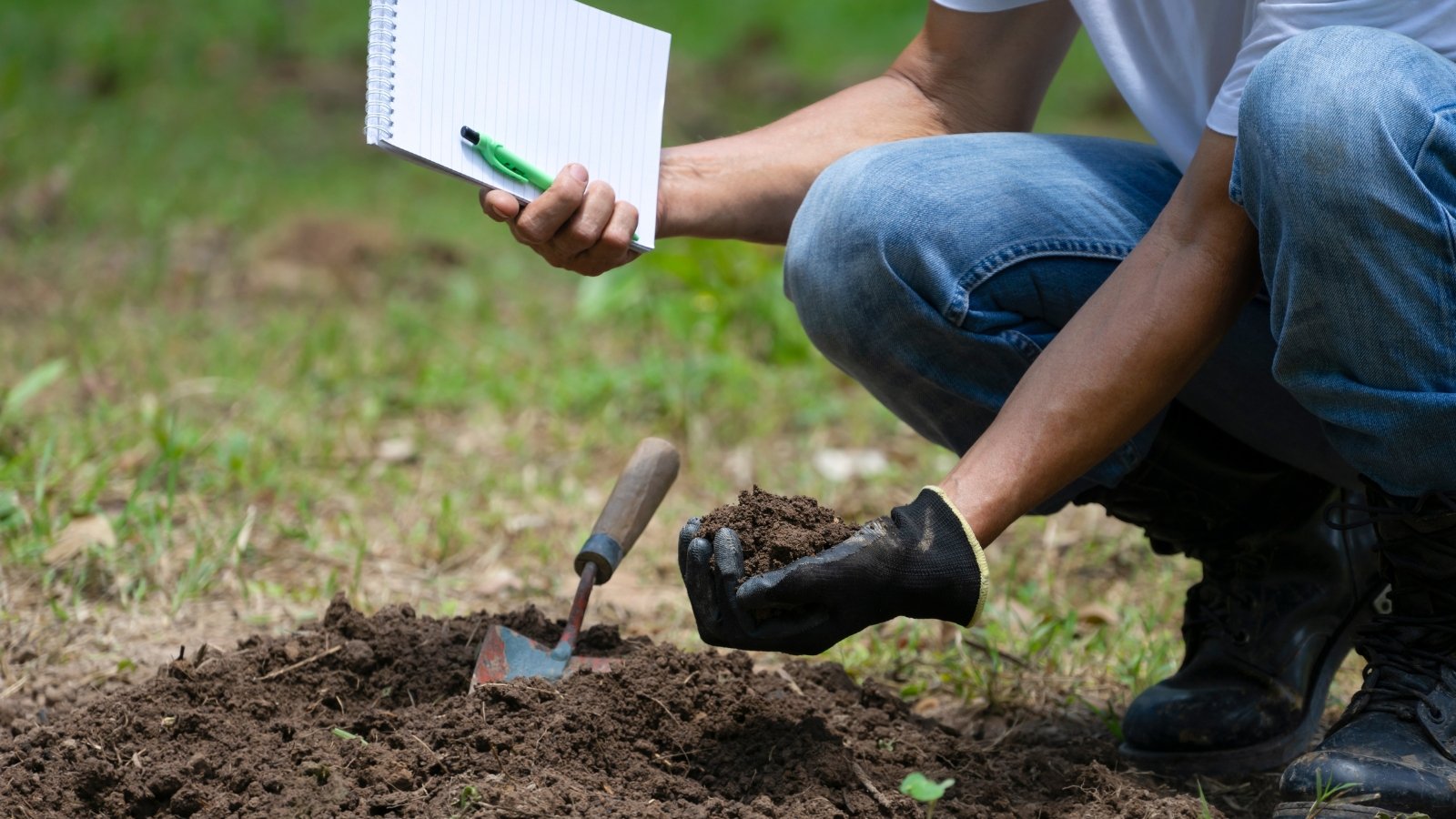

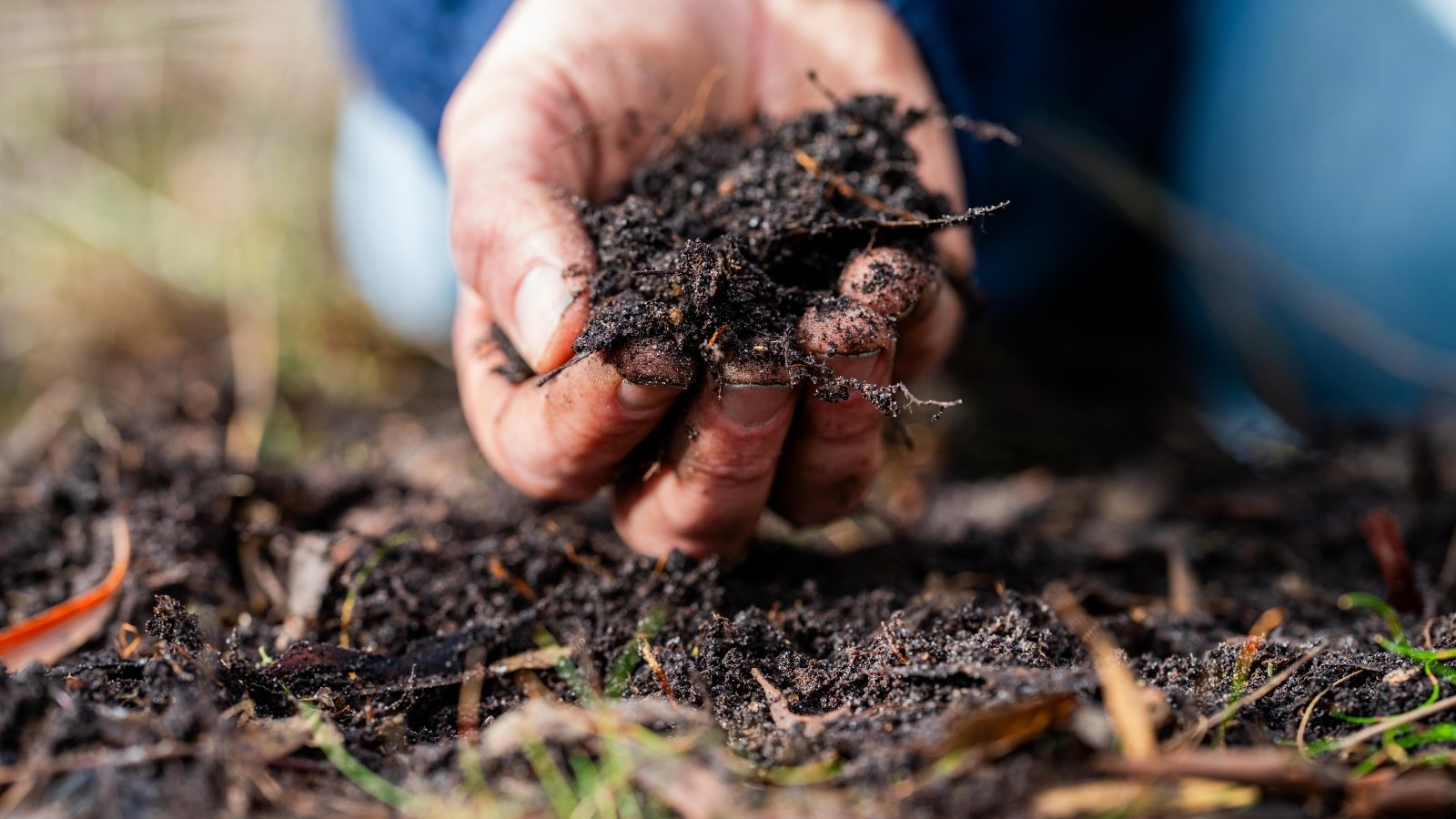
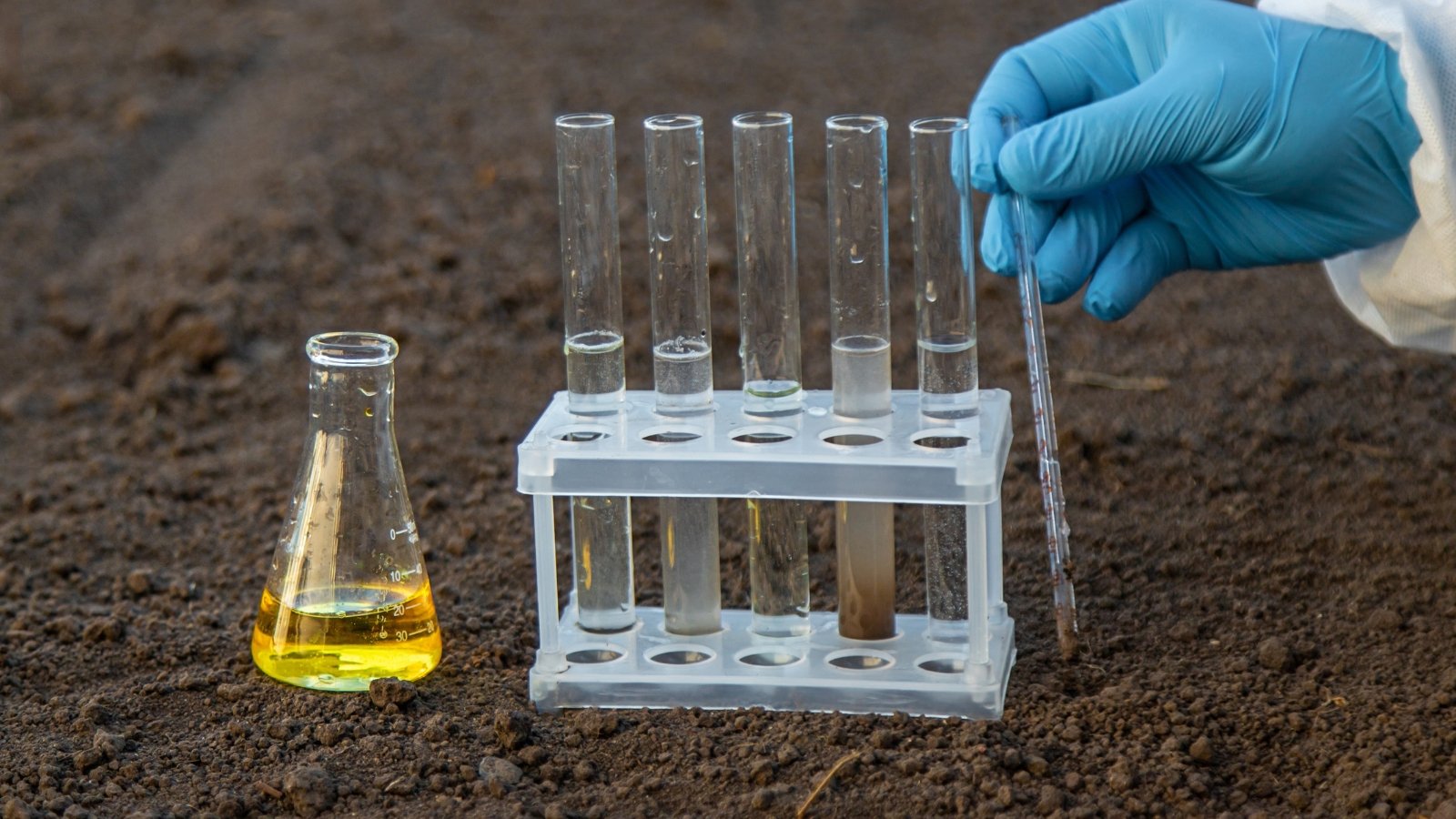
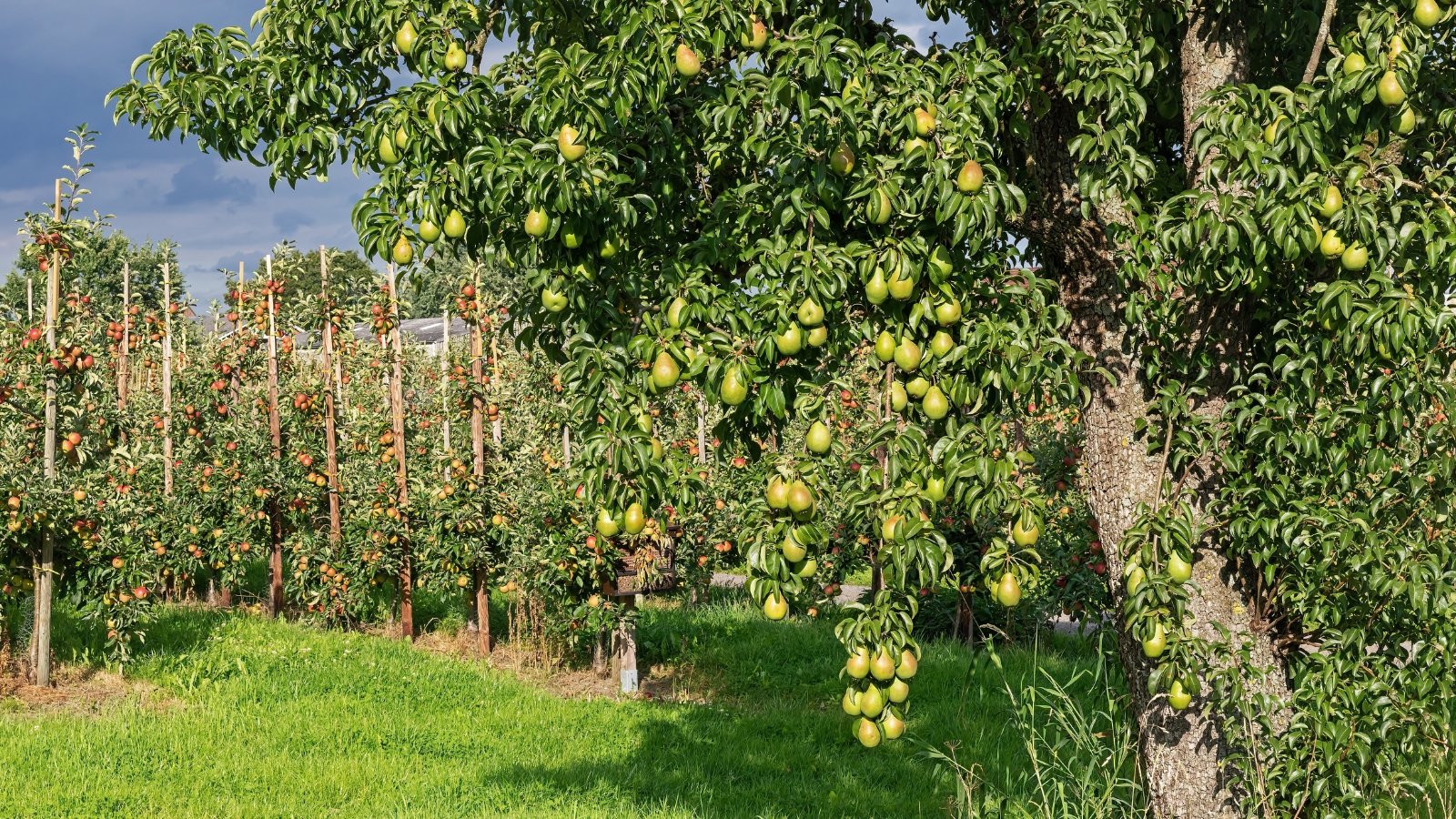
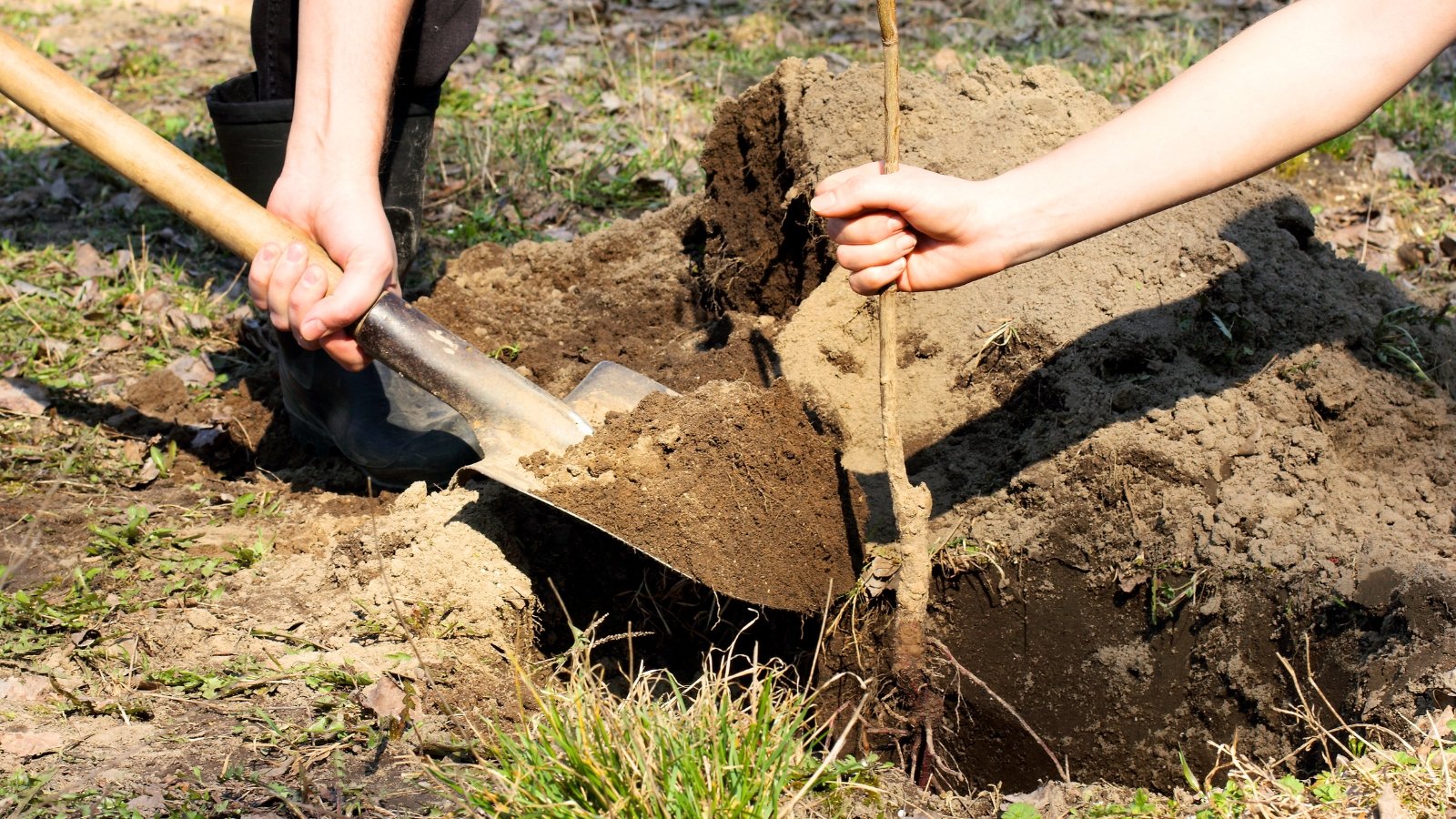
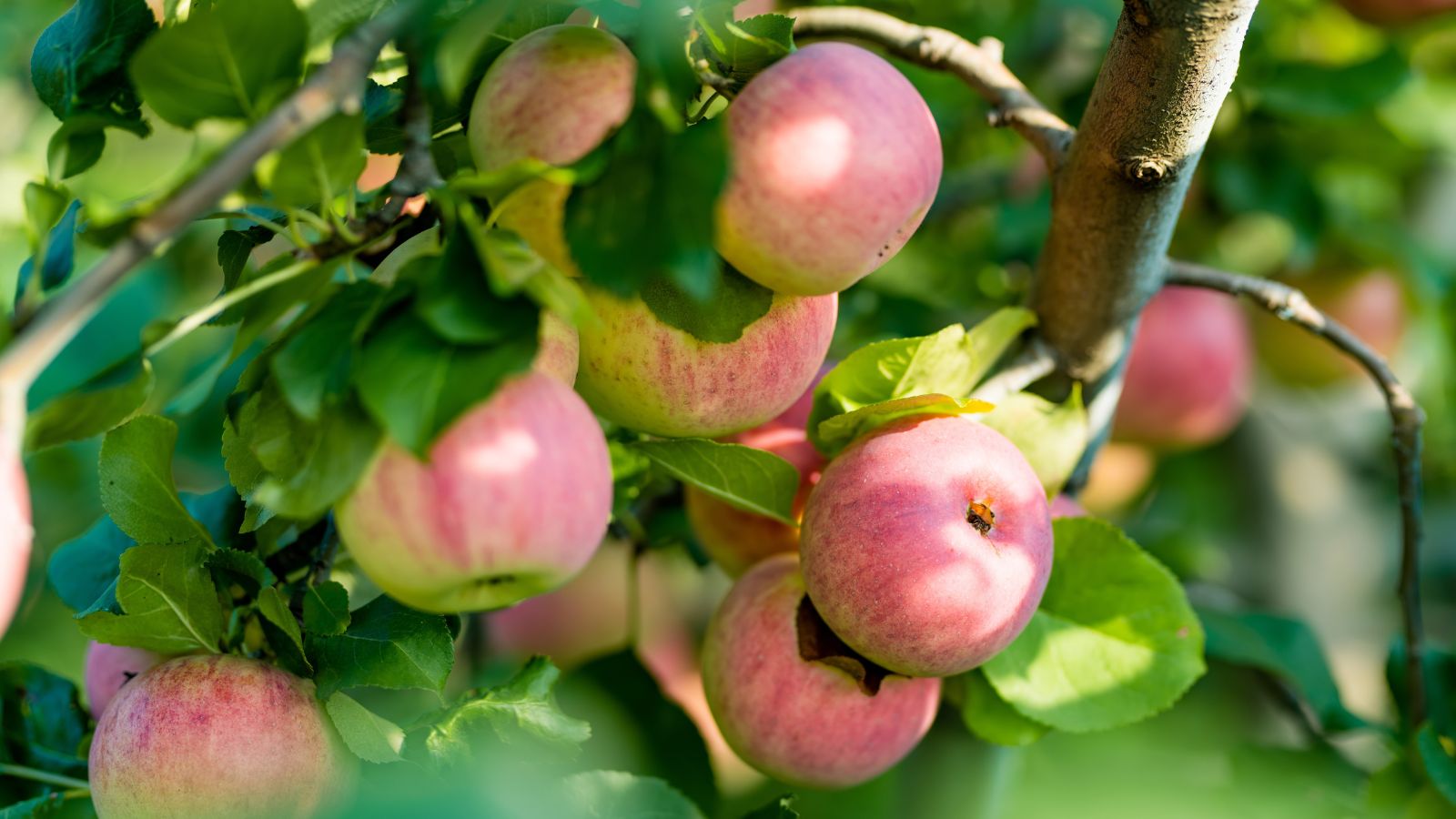
SunnySkies88
I appreciate the detailed instructions on conducting a drainage test at home. It seems like a practical way to assess soil quality, which many gardeners often overlook when planning their garden layouts.